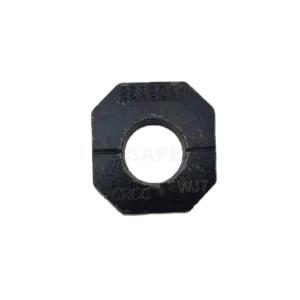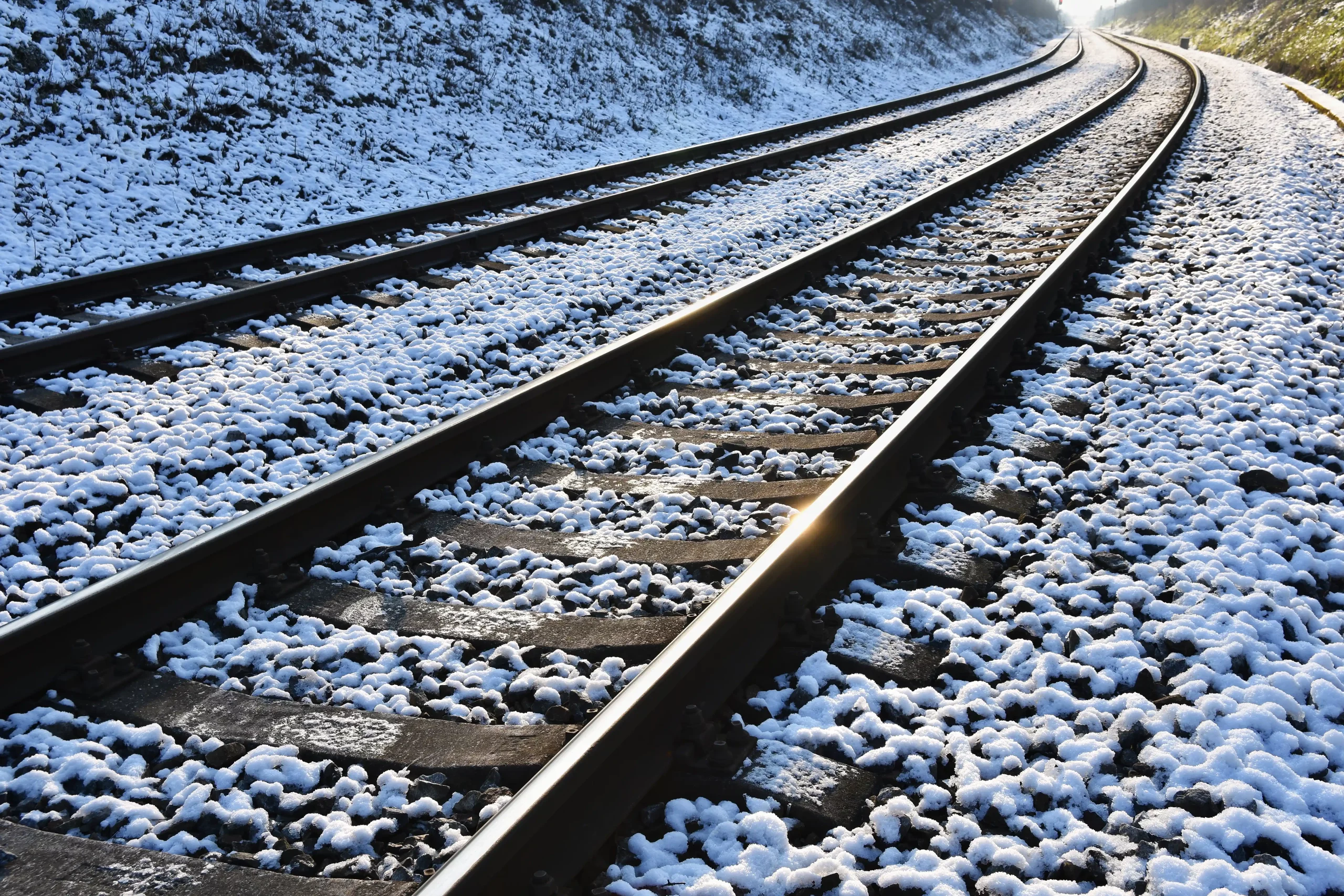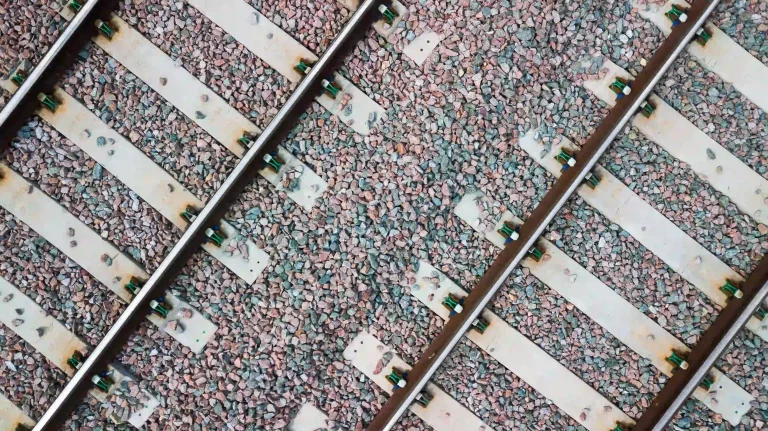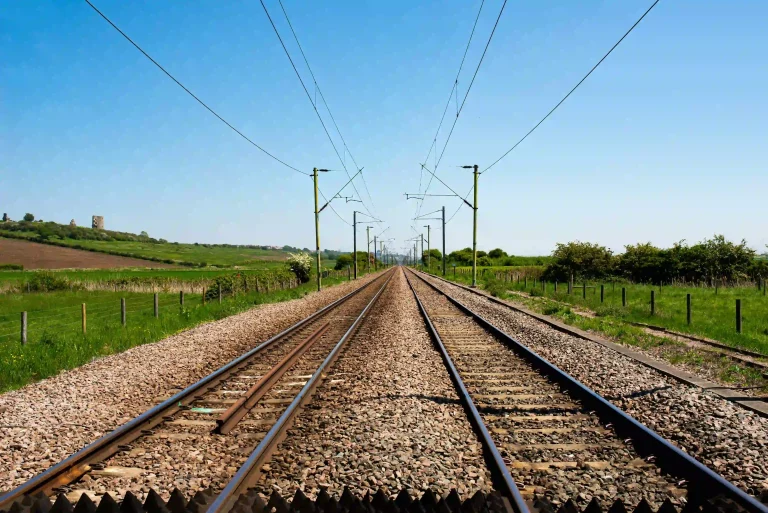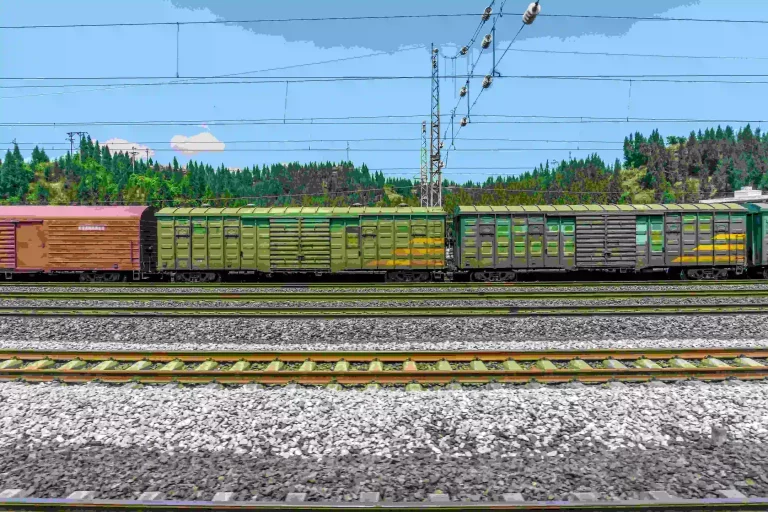Flat washers play a role in railway tracks by helping to uphold the systems integrity and safety standards essential for smooth operation and reliability purposes. This guide aims to provide a detailed walkthrough of how to properly install flat washers with a focus on ensuring you grasp their importance functionality during installation and upkeep procedures.
Introduction to Flat Washers in Railway Tracks
Small as they may be in size, flat washers play a role in the railway infrastructure by aiding in distributing a load of bolts or nuts used in fastening systems. This distribution helps safeguard the rail and its accompanying components from damage. In the upcoming discussion, we will explore the significance of washers, the various types that are commonly found, and how they contribute to the assembly of railway tracks.
The Role of Flat Washers
Washers with a shape are mainly employed to spread out the force exerted by a bolt or nut over a larger region to avoid it from sinking into the surface and to enhance the strength of the connection they provide. While installing railway tracks that face vibrations and heavy weights washers play a crucial role in keeping the steadiness of the structure. They also play a role in preventing fasteners from coming loose over time resulting in increased durability and safety for the railway system.
Types of Flat Washers Used
Flat washers generally serve the purpose across the board but there can be differences in the specific kinds utilized in various scenarios. They often use metal washers designed to endure the conditions found in railway settings. The choice of material for these washers depends on the demands of the fastener setup. You might also encounter washers tailored for specific uses or those crafted from composite materials in certain areas.
Preparing for Flat Washer Installation
Before beginning the installation of washers it is crucial to collect all the required tools and examine the area where the installation will take place. Adequate preparation can enhance the efficiency and safety of the installation process. In this segment, we will discuss the tools and gear needed as well as how to assess the rail seat and its surroundings.
Necessary Tools and Equipment
Make sure you have the tools handy for a successful installation process. Usually you will require a set of specific tools for this task:
- Wrenchesare for tightening bolts and nuts.
- A torque wrench is essential for ensuring that fasteners are tightened to the specified requirements.
- Tools for inspection purposes are used to scrutinize the rail seat and its adjacent area.
- Necessary Safety Equipment, like gloves and protective eyewear.
Make sure you have these tools on hand to make your job easier and ensure you comply with safety regulations.
Step-by-Step Installation Process
Once you have all the tools and setup to go you can start installing the flat washer by following these step-by-step instructions on how to position it correctly and then secure it firmly in its place.
Positioning the Flat Washer
Start by placing the washer over the bolt or stud while ensuring it rests evenly against the rail and other fastening elements in place. Make sure that the washer is correctly aligned and does not overlap with the rail seat or any other components. Ensuring alignment is crucial for the washer to work effectively and uphold the stability of the track.
Ensuring Correct Alignment
Ensuring the flat washer is aligned correctly during installation is crucial to avoid issues down the line due to load distribution. Make sure that the washer is centered on the bolt and in contact with the surface. Verify that it sits in the position relative to other fastening system components.
Securing the Flat Washer
After positioning the washer correctly in place, you should securely fasten it by tightening the bolt or nut as per the recommended torque settings. Make use of a torque wrench to ensure the level of tightness as incorrectly tightening could result in problems. Keep a check to ensure the washer stays aligned properly during tightening. That pressure is evenly spread out.
Post-Installation Checks
Setting up the system and ensuring that the flat washers are securely in place is a post-installation step to maintain stability and prevent any potential issues down the line. This segment will walk you through the steps to conduct these inspections and address any problems that may arise.
Verifying Stability and Tightness
Once you have fitted the washers in place and secured them tightly with bolts and nuts, it is important to double-check everything for stability and alignment to make sure they are secure and properly positioned as intended originally. In case you notice any shaking movements happening after installation it is essential to address it to uphold the reliability of the setup in the long run.
Troubleshooting Common Issues
It is not uncommon to run into some problems while setting things up. Like washers not lining up correctly, fasteners being too loose or tight or washers not sitting right in place. How can you fix these issues? Review the steps you have taken so far make any necessary corrections and tighten those fasteners again. Make sure each washer is snugly in place before moving forward with the installation process.
Maintenance and Long-Term Care
Ensuring that your flat washers are well maintained is crucial for their durability and performance reliability over time! Let’s dive into setting up check-up routines and determining the right moment to swap out any worn-out parts.
Regular Inspection Schedules
Setting up a timetable for examining flat washers is essential for catching any possible problems early on before they escalate into significant issues. You ought to inspect these parts as part of your track checks. Be on the lookout for any indications of rusting wearing out or harm. Regular checks play a role in maintaining the ongoing safety and dependability of the railway network.
Replacing Worn or Damaged Flat Washers
If you happen upon washers that show signs of wear or damage, it is crucial to swap them out promptly to maintain the track’s safety and stability intact. Be sure to replace these worn-out washers with parts that align with the specifications and make sure they are fitted properly.
SAFE as a Reliable Supplier of Flat Washer Blocks
When it comes to notch flat washers and various rail fastening options, SAFE Rail Fastening System Co., Ltd. emerges as a trusted provider known for its exceptional products and services showcased in this segment outlining SAFE’s dedication to excellence and dependability.
Introduction to SAFE Rail Fastening System Co., Ltd.
SAFE Rail Fastening System (Zhejiang) Co., Ltd. a producer of rail fastening systems based in Zhejiang Province in China boasts a state-of-the-art manufacturing plant capable of producing 5 million sets of rail fastening systems annually. They utilize cutting-edge production facilities and testing tools to guarantee the quality of their products aligns with industry norms. SAFE is dedicated to delivering solutions for the rail fastener sector.
SAFE’s Commitment to Quality and Reliability
SAFE is dedicated to delivering notch and trustworthy goods by utilizing top-tier materials and adhering to stringent quality control measures. They have earned certifications for their ISO9001 Quality Management System ISO14001 Environmental Management System and IS045001 Occupational Health Management System to ensure excellence in their products and services for both global markets.
Conclusion
To keep railway tracks stable and safe is crucial to use washers correctly according to a comprehensive guide for installation and maintenance purposes ensuring the reliability and efficiency of the railway network overall is maintained always prioritize using high-quality materials and following safety regulations for lasting success.



